In the simplest case the stack trace is obtained from... the stack!

Each thread has a frame pointer (FP) register that points to the base address of a current stack frame. When a Java method is called, it first creates a new stack frame, i.e. it pushes a bunch of information onto the stack:
- return address (where the method was called from);
- current FP (which points to the caller frame);
- method ID of the method being called;
- pointers to the constant pool cache etc.
Then it updates FP to point to the newly created frame.
This way, you see, the frame pointers make a linked list: if I read a value pointed by FP, I get the base address of the previous frame.
Now notice that for each frame a method ID is always at the same offset from FP. So the stack walking is as easy as a while loop (written in pseudo-code):
address fp = currentThread.getFP();
while (fp != null) {
methodID m = (methodID) read_stack_at(fp + METHOD_OFFSET);
print_method(m);
fp = (address) read_stack_at(fp);
}
That's how it works inside JVM for interpreted methods. Compiled methods are a bit more complicated. They do not usually save a method reference on the stack. Instead there is a structure that maps addresses of compiled code to the metadata that contains compiled method info. But the idea of stack walking is still the same.
